Urjit Patel quits: What is the role and responsibilities of RBI - Explained
RBI Governor Urjit Patel unexpectedly resigned Monday, bringing into prominence the role played by the central bank in the country's economy. Following is an explainer on the functions and responsibilities of the RBI:-
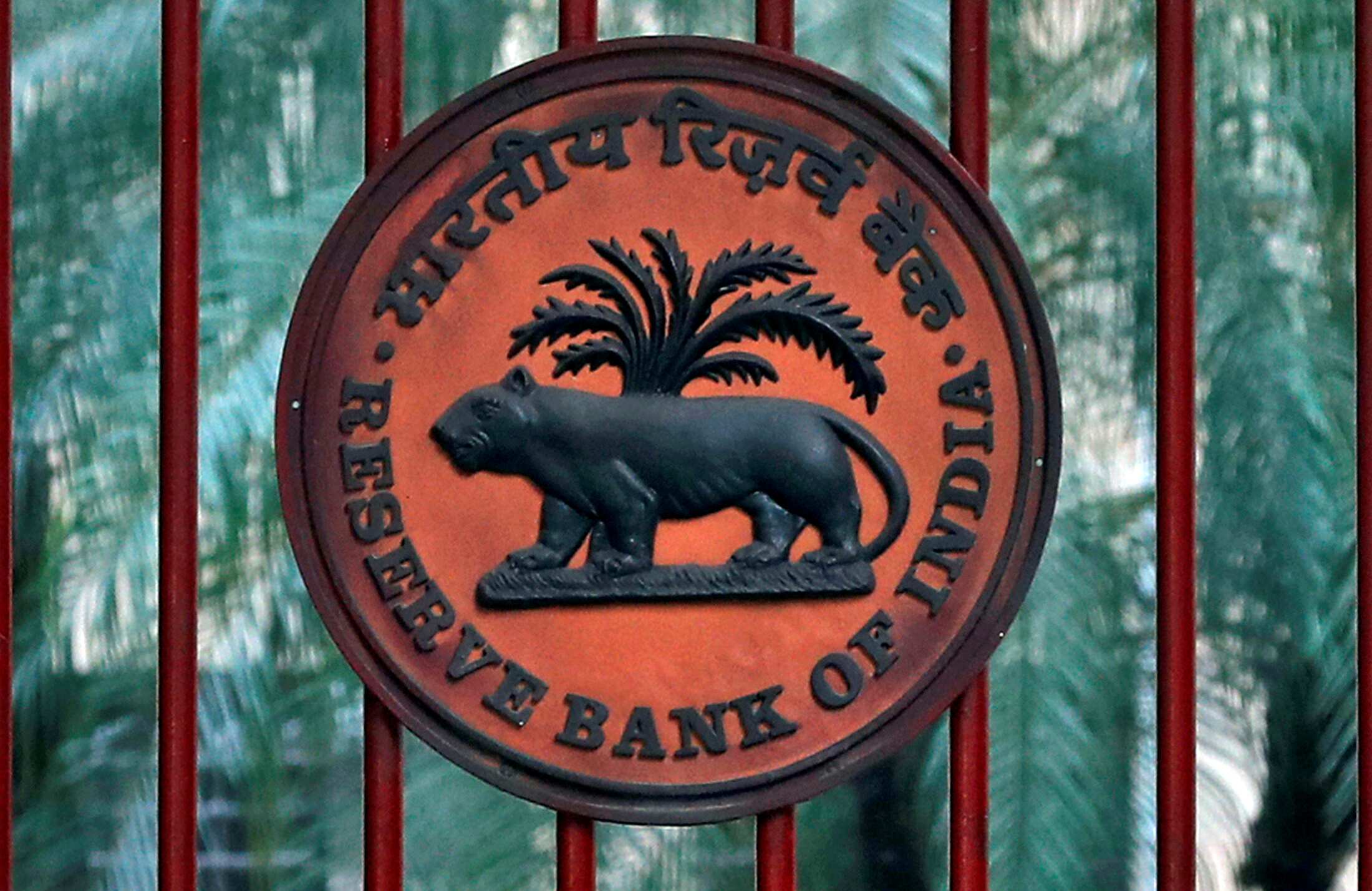
Role of Reserve Bank of India: The central bank issues and regulates currency notes. It keeps reserves with a view to securing monetary stability and is called banker to banks. It regulates and supervise banks and other financial institutions. The RBI plays a vital role in economic growth of the country and maintaining price stability. Image source: Reuters

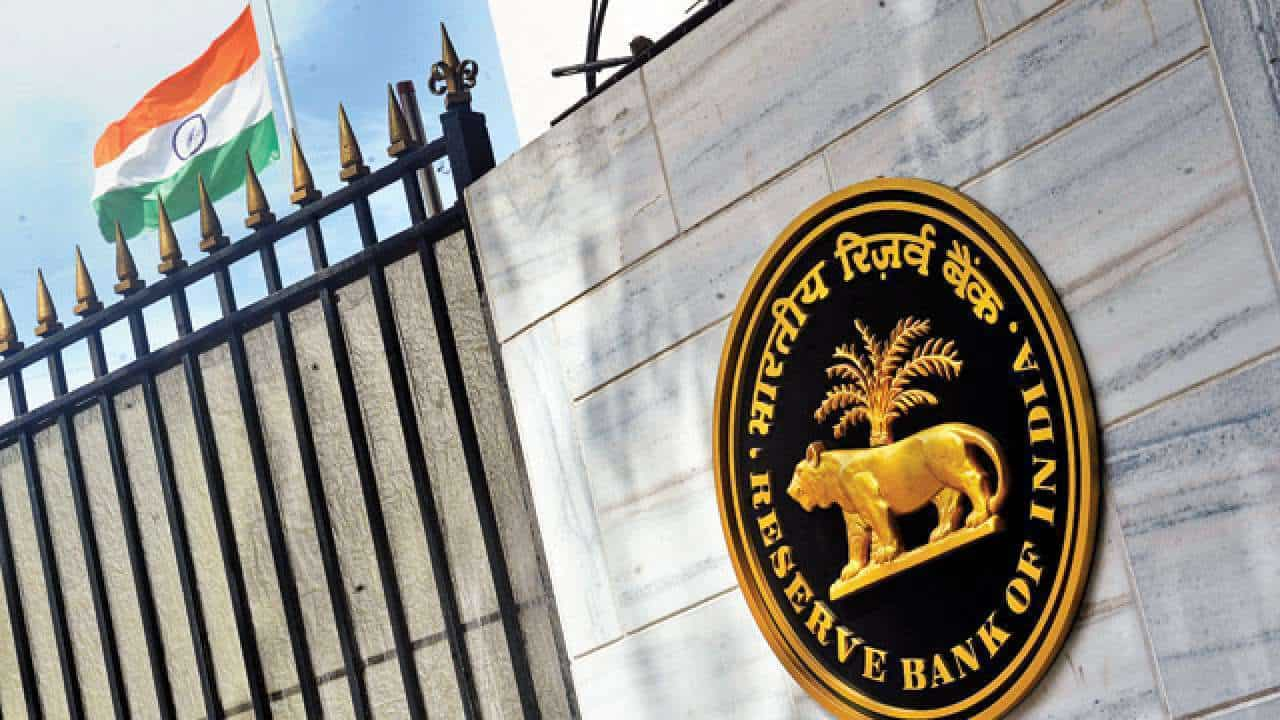

RBI decides benchmark interest rate: A six-member Monetary Policy Committee, headed by RBI Governor, decides the benchmark repo rate through voting that acts as a guide for banks to set interest rates for lending and deposit. In case of a tie, the Governor has the casting vote. Earlier, the RBI Governor used to decide the interest rate in consultation with Technical Advisory Committee (TAC) consisting of RBI officials and external experts. Image source: Reuters
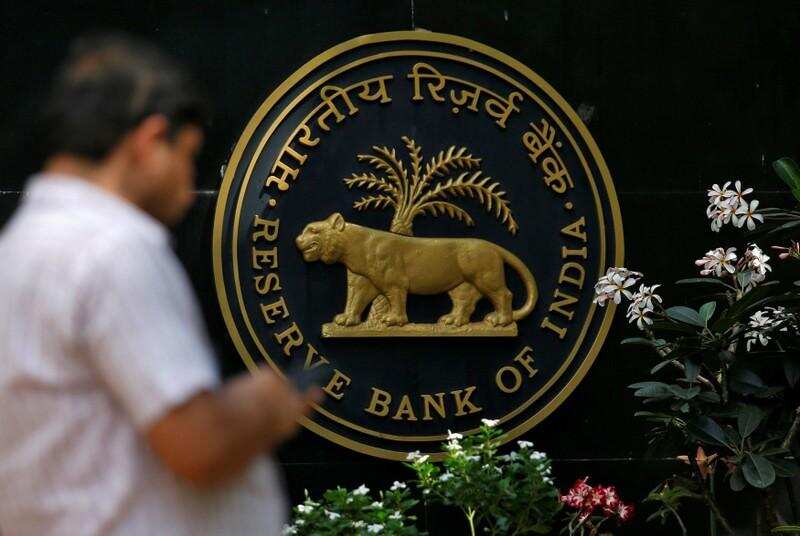
RBI announces benchmark interest rate every two months: - The MPC meets every two months for 2-3 days and the decision of the committee on monetary policy is announced at the end of the meeting on the RBI's website. It has been a practice that the RBI Governor along with deputy governors holds a press conference after the MPC meeting. Image source: Reuters

RBI and financial literacy: The central bank plays a key role in creating financial awareness among the masses through various medium, including television. It also supervises if the banks and other financial institutions are doing the job assigned to them regarding financial inclusion. Image source: Reuters
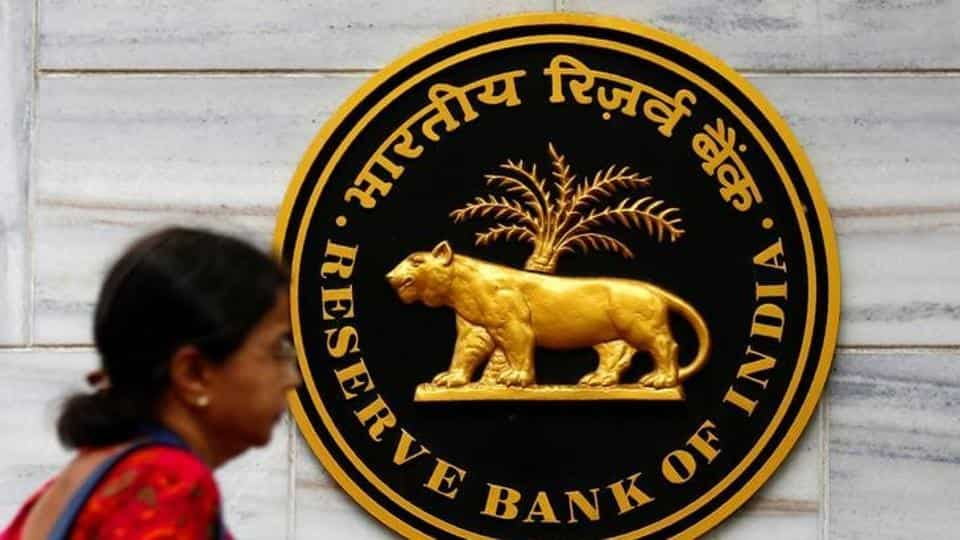

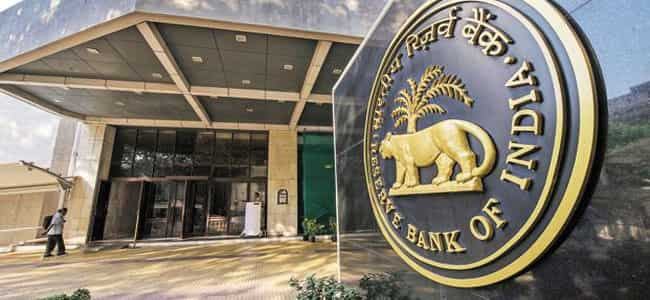

Early days: The RBI was established on April 1, 1935. The Central Office of the bank was initially established in Calcutta but was permanently moved to Mumbai in 1937. The Central Office is where the Governor sits and where policies are formulated. Though originally privately owned, since nationalisation in 1949, the Reserve Bank is fully owned by the Government of India. Image source: Reuters




